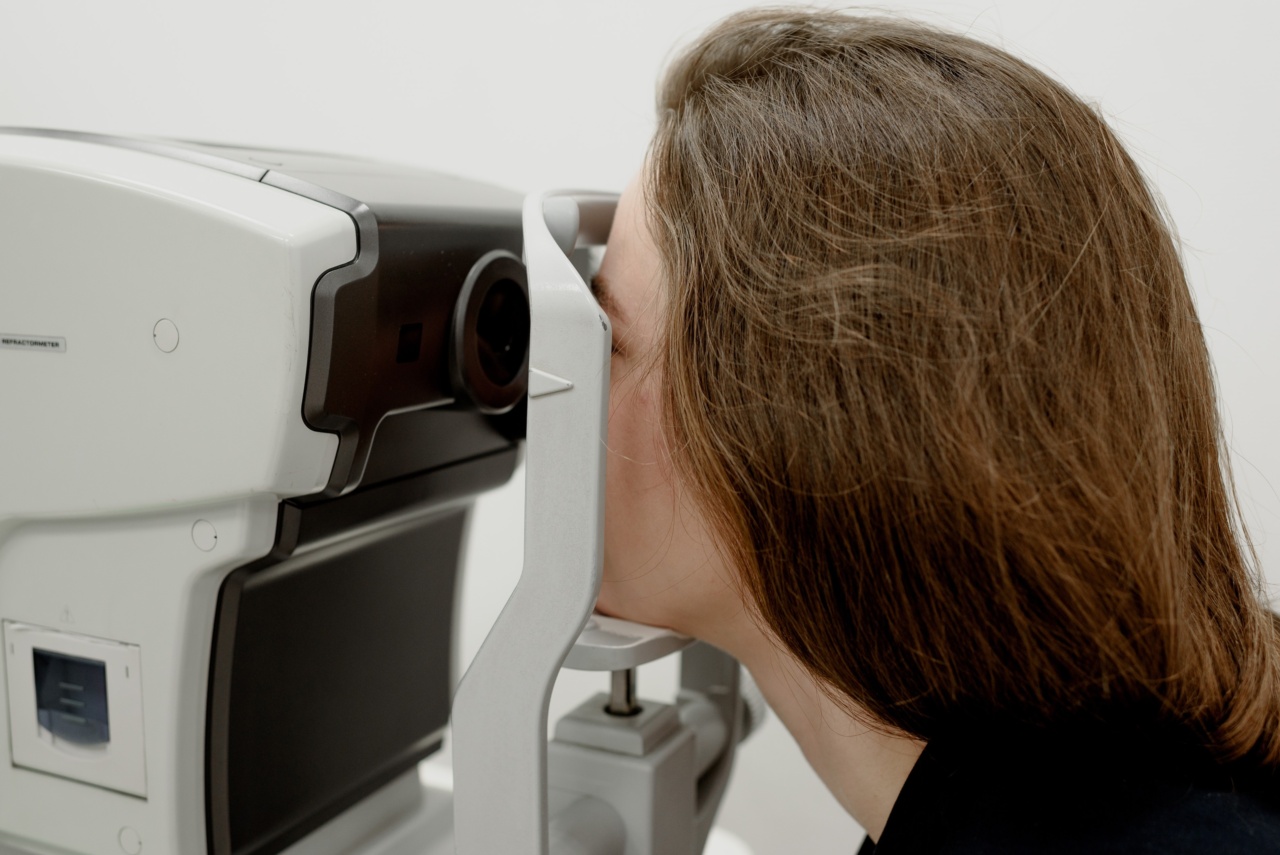Infertility can be a challenging and emotionally taxing journey for many individuals and couples desiring to conceive. It is a common misconception that infertility only affects women, when in reality, both men and women can be equally affected.
According to the World Health Organization, approximately 10-15% of couples worldwide experience infertility.
What is Infertility?
Infertility is defined as the inability to conceive naturally after a year of having regular unprotected sexual intercourse.
It can be primary, meaning the couple has never conceived, or secondary, when a couple fails to conceive again after already having one or more children.
Causes of Infertility
Infertility can have various causes, and it often requires medical intervention to identify the underlying problem. Some common causes include:.
1.Problems with ovulation: Ovulation disorders account for a significant percentage of female infertility cases.
Conditions like polycystic ovary syndrome (PCOS), hormonal imbalances, or previous ovarian surgery can disrupt regular ovulation.
2.Sperm abnormalities: Male factor infertility can result from low sperm production, abnormal sperm morphology or motility, or conditions like erectile dysfunction or ejaculatory disorders.
3.Tubal factors: Blocked or damaged fallopian tubes prevent the fertilization of the egg by sperm or hinder the transportation of the fertilized egg to the uterus.
This can be caused by pelvic inflammatory disease, endometriosis, or previous surgeries.
4.Uterine or cervical abnormalities: Structural issues within the uterus or cervix, such as polyps, fibroids, or cervical stenosis, can interfere with the implantation of a fertilized egg or the passage of sperm into the uterus.
5.Age: Advanced maternal age can significantly reduce fertility due to a decrease in the number and quality of eggs in a woman’s ovaries.
When to Seek Help?
If you have been trying to conceive for a year without success (or six months if the woman is over 35), it is advisable to consult a fertility specialist.
Seeking early medical help can increase the chances of identifying the problem and finding appropriate solutions.
Key Tests for Infertility
When you visit a fertility clinic, the doctor will conduct a series of tests to determine the cause of infertility. These tests can vary depending on individual circumstances but often include:.
1. Hormone Testing
Hormonal imbalances in both men and women can significantly impact fertility.
Blood tests can measure hormone levels, such as follicle-stimulating hormone (FSH), luteinizing hormone (LH), progesterone, and testosterone, to assess the functioning of the reproductive system.
2. Ovulation Tracking
In some cases, women may undergo ovulation tracking to monitor the release of eggs during the menstrual cycle. This can be done through various methods, such as ultrasound monitoring, blood tests, or at-home ovulation predictor kits.
3. Semen Analysis
Semen analysis is a crucial test to evaluate male fertility. It involves examining a semen sample for sperm count, motility, morphology, and other factors that can affect fertility.
This test helps identify any abnormalities or potential issues with sperm production or function.
4. Hysterosalpingography (HSG)
An HSG is an X-ray procedure used to assess the condition of the uterus and fallopian tubes.
A contrast dye is injected into the uterus, and X-ray images are taken to visualize any structural abnormalities, blockages, or uterine shape irregularities that may be hindering fertility.
5. Laparoscopy
Laparoscopy is a minimally invasive surgical procedure used to diagnose and treat certain infertility conditions, such as endometriosis or tubal blockages.
It involves inserting a thin, lighted instrument called a laparoscope through small incisions in the abdomen to examine the reproductive organs.
6. Genetic Testing
In some cases, genetic testing may be necessary to identify specific genetic conditions that can cause infertility. These tests can help determine if there are any chromosomal abnormalities or inherited genetic disorders present in either partner.
7. Ultrasound
Ultrasounds are commonly used to assess the health of the reproductive organs in both men and women. Transvaginal ultrasounds for women can help detect abnormalities in the uterus, ovaries, or fallopian tubes.
In men, ultrasounds are used to evaluate the prostate and the seminal vesicles, which can impact fertility.
8. Endometrial Biopsy
An endometrial biopsy involves taking a small sample of tissue from the lining of the uterus to evaluate its receptivity for embryo implantation.
This test helps determine if there are any abnormalities in the uterine lining that may be affecting fertility.
9. Post-Coital Test (PCT)
A post-coital test, also known as the Huhner test, is performed to assess the interaction between sperm and cervical mucus.
It involves collecting a cervical mucus sample shortly after intercourse and examining it under a microscope to check for sperm motility and their ability to survive and penetrate the mucus.
10. Invasive Procedures and Assisted Reproductive Technologies
If initial diagnostic tests are inconclusive or indicate more complex issues, further invasive procedures or assisted reproductive technologies (ARTs) may be recommended.
These can include procedures like in vitro fertilization (IVF), intracytoplasmic sperm injection (ICSI), or surgical interventions.
Conclusion
Infertility can be a distressing experience, but medical advancements have provided an array of tests and procedures to identify and address the underlying causes.
Seeking medical help early and undergoing the necessary tests can increase the chances of successful conception. Remember, infertility is not always a permanent condition, and with the right medical guidance, many couples can fulfill their dreams of starting a family.






























